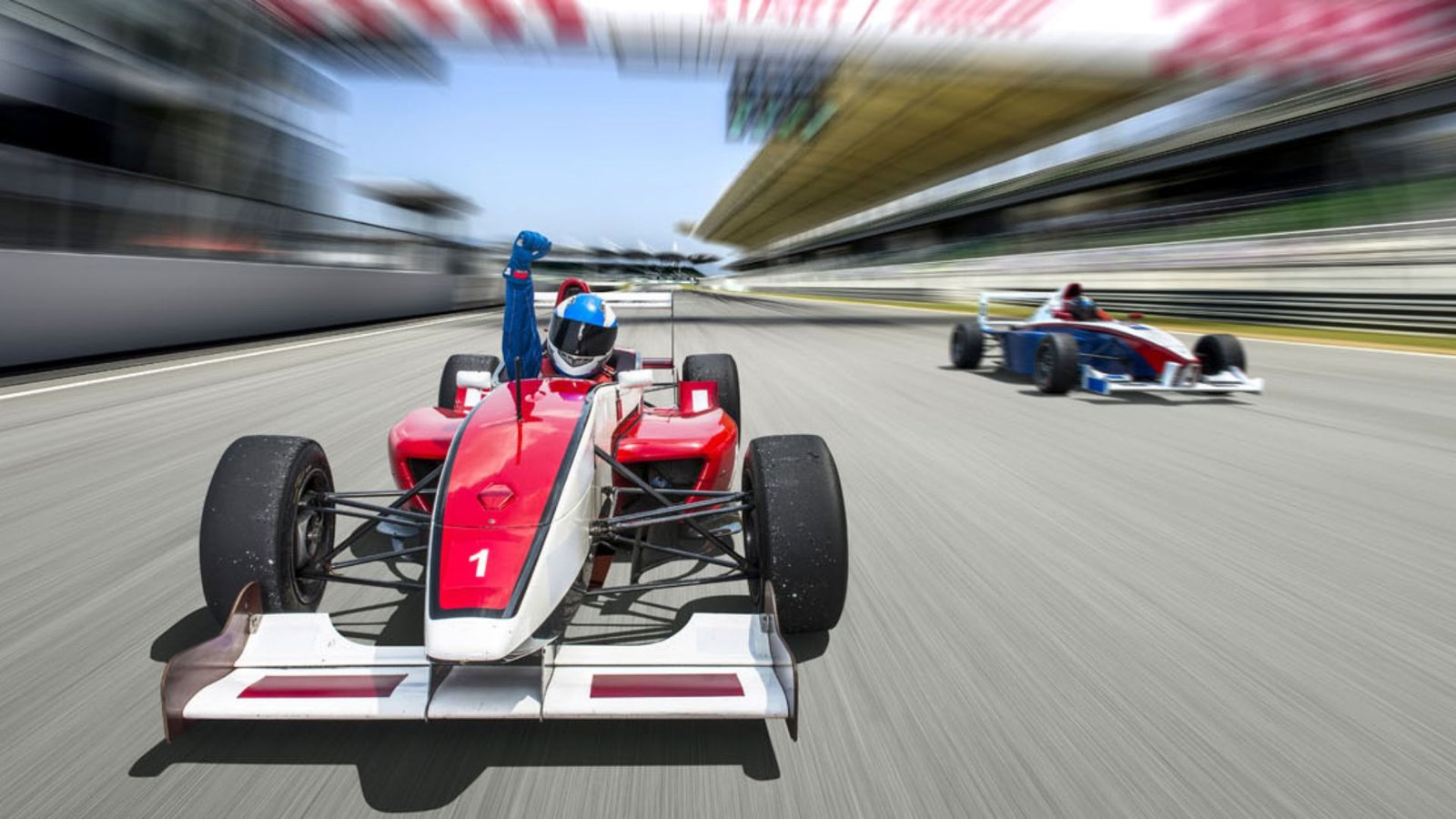Whether you’re preparing for your first race or looking to beat your personal best, improving your speed times requires smart strategies, preparation, and mental focus. With the right approach, you can boost your performance and finish races faster. In this article, we’ll cover key racing tips that will help you achieve your best speed times on race day.

1. Pacing Is Key
One of the most crucial elements for improving your speed times is pacing. Starting too fast can lead to exhaustion and slower times at the finish line. Instead, aim to maintain a consistent pace throughout the race. The right pacing strategy will allow you to conserve energy and finish strong.
How to Pace Yourself:
- Know Your Target Pace: Before the race, calculate a target pace that matches your fitness level and race distance.
- Start Slow: Resist the urge to start too fast. Begin the race at 10-15 seconds slower than your target pace and gradually build up to your goal pace as you settle into the race.
- Negative Splits: Aim for negative splits, meaning running the second half of the race faster than the first half. This strategy allows you to finish strong and improve your overall time.
2. Use Interval Training to Boost Speed
Incorporating interval training into your training plan is one of the most effective ways to improve your race-day speed. Intervals involve short bursts of intense effort followed by a period of recovery. This type of workout enhances your cardiovascular fitness, stamina, and ability to run faster.
How to Incorporate Intervals:
- Warm-up: Always begin with a 10-minute easy jog to prepare your muscles.
- Intervals: Sprint for 30 seconds to 1 minute at full effort, then recover with 1-2 minutes of light jogging or walking.
- Repeat: Perform 5-10 intervals, depending on your fitness level.
- Cool down: Finish with a 5-10 minute light jog or walk.
Interval training increases your ability to run at faster paces for longer periods, helping you achieve faster times in races.
3. Fuel Properly Before the Race
Proper fueling before the race is essential to maintaining energy and maximizing your performance. If you don’t eat enough, you’ll feel fatigued during the race. However, overeating or choosing the wrong foods can also make you feel sluggish.
How to Fuel for the Race:
- Eat a Balanced Meal: Consume a meal that includes complex carbohydrates (like pasta or rice), lean protein, and a small amount of healthy fats 2-3 hours before the race.
- Snack Before the Race: If the race is in the morning, have a small snack 30-60 minutes before the start. A banana or energy bar can provide a quick source of carbs for fuel.
- Hydrate: Drink water before the race to stay hydrated, but avoid over-drinking to prevent discomfort during the race.
Eating the right foods and hydrating properly ensures your body has the energy it needs to run efficiently and avoid hitting the “wall.”
4. Mental Focus and Positive Thinking
Racing isn’t just about physical fitness; it’s also about mental strength. Staying mentally focused and maintaining a positive attitude during the race can make a significant difference in your performance.
How to Stay Mentally Strong:
- Set Small Goals: Break the race into smaller sections, such as focusing on reaching the next mile marker or maintaining a steady pace for the next 10 minutes.
- Visualize Success: Before the race, picture yourself running strong and finishing with a personal best. This mental preparation boosts confidence and motivation.
- Stay Positive: Negative thoughts can slow you down. Instead, remind yourself that you’ve trained hard and are capable of achieving your goal.
A positive mindset helps you push through tough moments during the race and stay focused on your pace and form.
5. Taper Before the Race
A proper taper is crucial for achieving your best speed times. Tapering refers to reducing the intensity and volume of your training in the days leading up to the race. This allows your body to recover and be fully rested on race day.
How to Taper:
- Cut Back on Mileage: Reduce your weekly mileage by 20-30% in the two weeks before the race.
- Maintain Intensity: Keep your workouts sharp but shorter, focusing on maintaining your speed rather than increasing it.
- Rest and Recover: Prioritize sleep and hydration during your taper to ensure your body is fully recovered for race day.
Tapering helps prevent burnout, reduces the risk of injury, and ensures your body has the energy it needs for race day.
6. Focus on Form During the Race
Good running form reduces energy waste and helps you maintain speed throughout the race. Focus on keeping your posture upright, your arms relaxed, and your strides efficient.
Tips for Running Form:
- Keep Your Core Engaged: An engaged core helps you maintain posture and reduces fatigue.
- Relax Your Arms: Your arms should swing naturally, not too high or tight. Relaxed arms save energy.
- Stay Light on Your Feet: Aim for quick, light steps rather than long, heavy strides. This helps conserve energy and prevent fatigue.
By maintaining good form, you can run more efficiently, helping you achieve faster times with less effort.
7. Race-Day Strategy: Know the Course
Familiarizing yourself with the race course before race day can help you develop a strategy to tackle the course more effectively. Knowing where the hills, sharp turns, or aid stations are located allows you to pace yourself more strategically.
How to Prepare for the Course:
- Study the Map: Look at the race course and identify any challenging sections, such as hills or areas where you’ll need to conserve energy.
- Plan for Water Stops: Plan when to hydrate and fuel so that you’re not caught off guard when you pass an aid station.
- Adjust Your Pace for Hills: If the course includes hills, plan to ease off your pace on the uphill sections and increase your effort on the downhills.
Knowing the course and planning accordingly helps you feel more confident and prepared on race day.
Conclusion
Improving your racing speed times requires a combination of physical training, mental preparation, and smart strategies. Pacing yourself correctly, incorporating interval training, fueling properly, and staying mentally focused will all contribute to a faster race time. Additionally, tapering and focusing on your form can help you perform at your peak on race day.
By applying these tips and strategies, you’ll be well on your way to achieving your best speed times and crossing the finish line with confidence!











